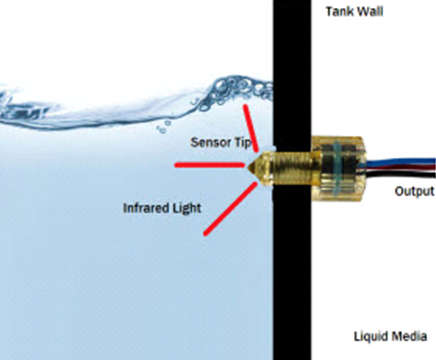- The method of sensing light rays is known as optical sensing. The sensor type used for optical sensing is known as the optical sensor. Optical sensors are electronic components designed to detect and convert incident light rays into electrical signals. These components are useful for measuring the intensity of incident light and converting it into a form readable by an integrated measuring device, depending on the sensor type.
- Optical sensors are very important components in electronic devices and equipment utilized in the industrial, consumer, healthcare, and automotive fields.
Types of Optical Sensor
Below are the different types of optical sensors. The most common types that we use in our real-world application.
- The photoconductive device is used to measure the resistance by converting the incident light change into a change of resistance.
- A photovoltaic cell converts the amount of incident light into an output voltage.
- The photodiode phenomenon converts the amount of light into the output current.
- A phototransistor is a type of bipolar transistor in which the base-collector junction comes into light. This results in the same behavior of a photodiode, but with an intrinsic benefit.
- The operating principle is to transmit and receive light in an optical sensor. The object to be detected reflects or blocks the light beam sent by an emitting diode. The deflection or reflection of the light beam is evaluated depending on the type of device.
- This makes it possible to find the item independently of the material it is made of, wood, metal, plastic, or other. The special device also allows for the detection of a transparent object or different colors or contrasting variations.
1. Through-Beam Sensor
- This system consists of different components. In which both the transmitter and the receiver are placed in opposite directions to each other. The light beam is projected onto the receiver by the transmitter. The interruption of the light beam is defined by the receiver as a switch signal. It is irrelevant where the disruption occurs.
Advantage
- Large operating distances can be achieved and the surface composition of the recognized object is independent of color or reflection.
- To guarantee high operation dependence it is necessary to be sure that the object is large enough to completely interrupt the light beam.

2. Retro-Reflective Sensor
- In this system, both the transmitter and the receiver are in the same house. The ray of light emitted through a reflector is directed back to the receiver. Disruption of the light beam initiates the switching operation. It doesn’t matter where the disruption occurs.
Advantage
- This sensor enables large operating distances with switching points. Which are exactly reproduced which requires a little effort from Mounting. Everything that interferes with a light beam is detected accurately, independently of the texture or color of its surface.

3. Diffuse Reflection Sensor
- In this system, the transmitter and receiver are in the same house. The transmitted light is reflected by the object to be detected.
Advantage
- The intensity of the light emitted on the receiver acts as a switching mode. Despite the sensitivity setting, the back always reflects better than the front. This leads to the result of an erroneous switching operation.
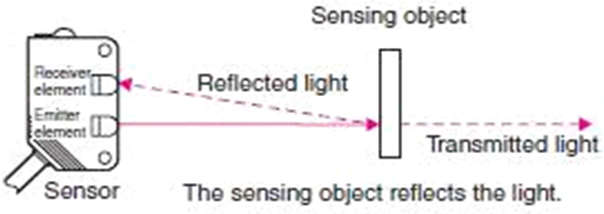
Different Light Sources For Optical Sensor
- We have many types of light sources. The sun and light emanating from a burning flame were the first light sources used to study optics. Light coming from a specific substance (e.g., iodine, chlorine, and mercury ions) still provide reference points in the optical spectrum.
- One of the main components in optical communication is the monochromatic light source. Light sources in optical communications should be monochromatic, compact, and long-lasting. There are two different types of light sources.
1. LED (Light Emitting Diode)
- Energy is released in the form of light during the restoration process of electrons with holes at the junction of N-doped and P-doped semiconductors. Stimulation and reorganization can occur by giving external voltage. Or it could be excited as another photon. This allows the LED light to be connected to the optical device.
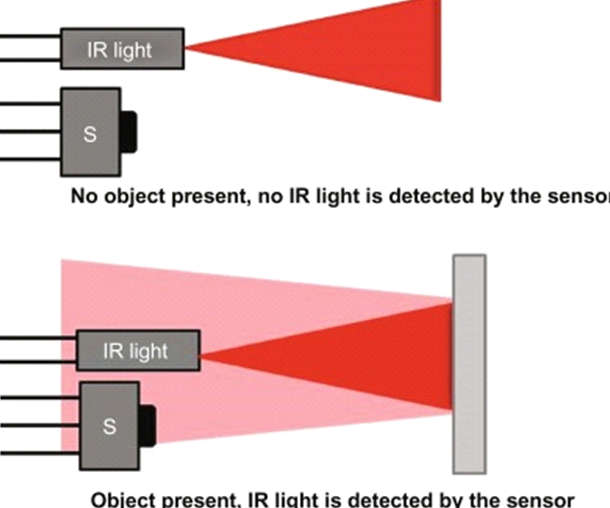
2. LASER (Light Amplification by Stimulated Emission Radiation)
- When a laser is made, electrons in special molecules, crystals, or atoms in gases absorb energy from the electric current. That’s when he gets excited. The excited electron moves from the lower energy orbit to the higher-energy orbit around the atomic structure.
- When they return to their original state or their normal state, this electron leads to the emitted photon. These photons are all of the same wavelength and consistent. Normal visible light involves many wavelengths and is not consistent.
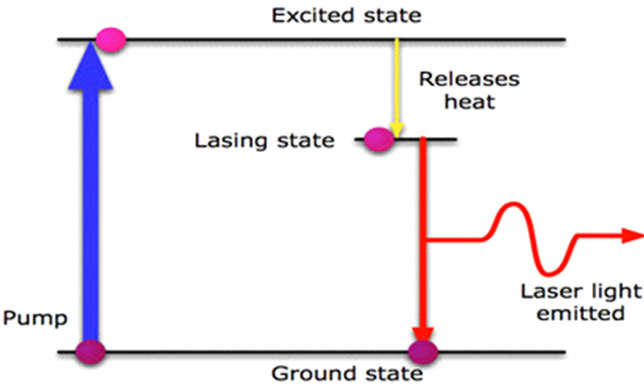
Applications of Optical Sensor
- The application of optical sensors ranges from computers to motion detectors. We have to select the correct type of sensor for the effective application so that they maintain their sensitivity to the property they measure. optical sensors are integral parts of many common devices, including computers, copy machines (xerox), and light fixtures that turn on automatically in the dark. And some of the common applications include alarm systems, synchronous for photographic flashes, and systems that can detect the presence of objects.
Ambient Light Sensor
- This sensor is used on mobile. This will extend the battery life of the mobile and enable smoother displays from the point of view optimized for the environment.
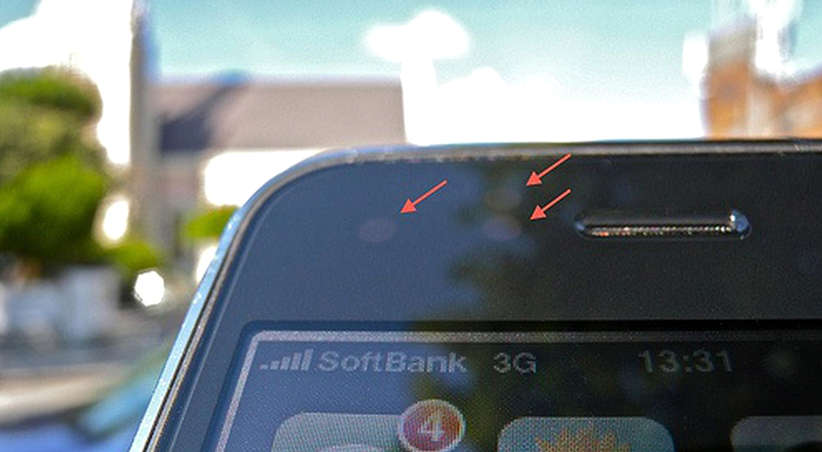
Biomedical Applications
- Optical sensors are strongly used in the biomedical field. Some examples of breath analysis using a tunable diode laser to monitor the optical heart rate. An optical heart rate monitor measures your heart rate using light.
- The LED glows through the skin and the optical sensor detects the light. Which is reflected in the past. The blood absorbs more light. Therefore, the decrease in the level of light can be translated into heart rate. This procedure is known as photoplasmosmography.

Optical Sensor Based Liquid Level Indicator
- The optical sensor-based Liquid Level Indicator consists of two main parts. Infrared is connected to the LED, which has a light transistor and a transparent prism tip in the front. The LED projects the infrared light to the outside. When the tip of the sensor is surrounded by air, the transistor responds to light by tip-in bouncing before returning.
- When the sensor is submerged in water the light propagates and returns to the lower transistor. The amount of light reflected in the transistor affects the output level, making point-level sensing possible.
